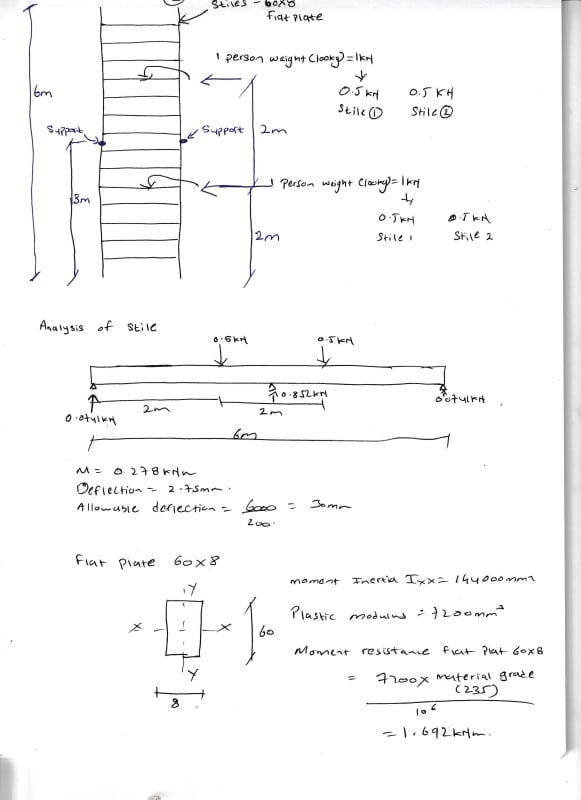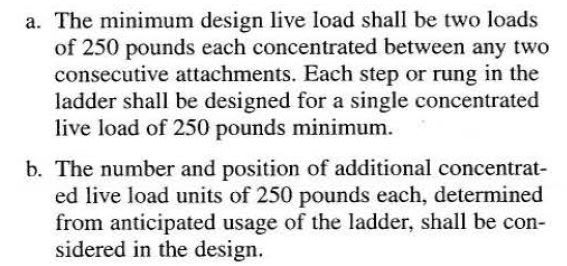LAZAR90
Petroleum
- Aug 17, 2020
- 24

Can i have some advice on design of ladder stiles.
thanks
Follow along with the video below to see how to install our site as a web app on your home screen.
Note: This feature may not be available in some browsers.


